Today, the United States gets around 80 percent of its energy from fossil fuels like coal, natural gas, and crude oil. The other 20 percent or so comes from nuclear (8 percent) and renewable sources (11 percent). Recently, those numbers have begun to shift.
The U.S. Energy Information Administration (EIA) is now predicting large increases in solar and wind production, matched by sharp declines in nuclear and coal by 2050.
The United States — a laggard in renewable energy development — saw a 67 percent increase in renewable energy sources from 2000 to 2016, making renewables the fastest-growing energy source in the U.S.
Still, less than one percent of the United States’ total energy supply comes from the sun, while wind only accounts for 2.4 percent (despite being one of the fastest-growing renewable sources in the world).
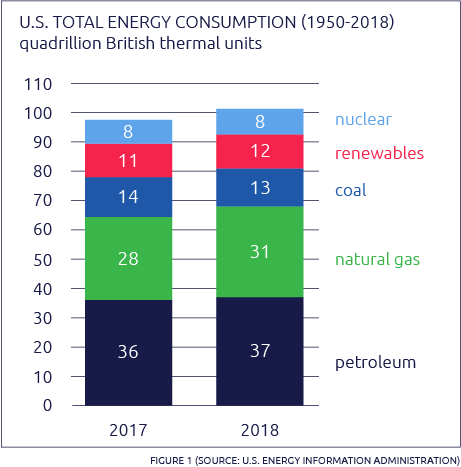
The Future is Bright (And Windy)
Progress in renewable energy development is particularly noticeable in plains regions and the Desert Southwest.
States like Nevada, Utah, Arizona, New Mexico, and parts of Wyoming, California, Colorado, Kansas, and Texas have an abundance of wind and sun, making them natural and obvious leaders in America’s renewable energy growth sector.
“Eastern New Mexico is like the Saudi Arabia of wind,” says Pattern Energy’s VP of Investor and Government Relations, Sarah Webster. Capable of producing energy as cheap as two cents per kilowatt-hour, there’s an unprecedented opportunity for sun and wind-abundant places like New Mexico, Wyoming, and Arizona to provide cheap, clean, and renewable wind and solar energy.
And while they hold great potential, they’re also sparsely populated regions, meaning demand for so much energy is low, creating new challenges for how to put all this energy to good use. This is where long-haul transmission lines come into play.
The TransWest Express (TWE) Transmission Project is one example of how regions rich with renewable energy plan to share the love with the rest of the country. The project is creating a transmission infrastructure capable of moving 20,000 gigawatt-hours per year (GWh/yr) “of clean and sustainable electric energy” from Wyoming to the Desert Southwest.
While transmission of renewable energy presents challenges ranging from community awareness and engagement initiatives to regulatory policies, most energy companies say that even after figuring in the costs of long-haul transmission, they will still be cost-competitive with fossil fuels.
Projects that couple big thinking with new technology like the TWE Project could be the proving ground for large scale energy transmission in years to come.
Three Trends Driving Growth in Renewables
While the U.S. has been slow to wean itself off fossil fuels, renewable energy has seen incredible growth in recent years thanks to a number of factors like federal, state, and local policies (clean energy mandates), as well as increased investments in advancing technologies.
Here’s a closer look at each factor:
Policy
When mandates and regulations go on the books, growth in renewable energy development follows. And when congress creates incentives like the Investment Tax Credit — designed to offset upfront investment costs by 10-30 percent — people become more willing to explore and adopt renewable energy as a viable alternative to fossil fuels.
But mandates and tax incentives alone can’t move renewable energy development and adoption forward. It will also require a shift in policy priorities.
The U.S. oil and gas industry will receive $12.3 billion in tax relief through 2020. Eliminating or decreasing these types of subsidies would allow funds to be invested in renewable energy programs, which are already proving to have a promising future. The EIA predicts energy generation from coal will drop 11 percent by 2050, while all sources of renewable energy will increase by 13 percent.
Investment
Like it or not, investments in an industry can give it added credibility in the eyes of consumers. And according to a study from BloombergNEF, renewable energy got a whole lot of credibility in the last decade — to the tune of $2.6 trillion worldwide.
Renewable energy saw its highest level of investment in the last half of 2017 — $160 billion. That number was just $117 billion in the first half of 2019. Solar and wind farms make up the vast majority of those investments worldwide. For example, there are massive projects currently in the works in China and Dubai that are pushing new notions of what’s possible.
Technology
In many places, wind and solar energy have become the cheapest option available, thanks in large part to advancements made in solar and wind technologies. Everything from artificial intelligence to improved storage methods have impacted the accessibility and acceptance of renewable energy sources.
Long-term energy storage is the key to wind and solar energy success on a global scale. A number of battery types are on the market now. As energy demands grow, so will the need to innovate on these storage devices to ensure they can keep up with demand.
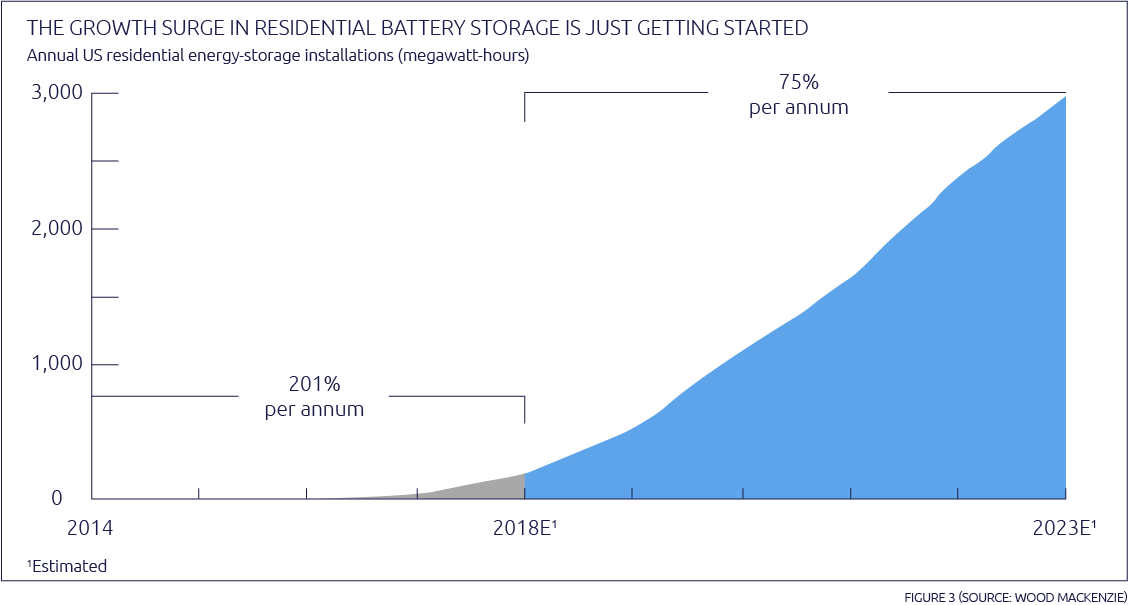
Home Energy Storage
As of May 2019, more than two million homes in the U.S. have installed solar panels. Some forecasts predict that number to double by 2023.
If predictions prove out, there will be one solar installation per minute by 2024 — a 10x increase from where we are today. Finding more sophisticated ways to store all that energy becomes increasingly important as more people warm to the idea of solar-powered homes and power grids incorporate more renewable sources of power.
A growing trend is home energy storage through the use of batteries. Think a large cabinet in the garage, discretely placed in the living room, or situated outside the home. These batteries can be used as an alternative to traditional generators which are bulky and fuel-dependent. In this case, the battery “buys” energy from the grid when cost is low, storing it for use when the grid goes down or when energy prices are high. But more commonly they are being connected to solar panels to store energy during sunny days for times without sunlight for energy independent homes.
And it’s not just single-family homes investing in energy storage solutions. This past year, a 600-apartment complex in Utah partnered with a battery storage company to provide power for its tenants, creating a virtual power plant.
But batteries are only part of the story.
Energy storage systems are made up of multiple components working together to store, convert, and regulate energy. This will soon become part of the larger smart home network, monitoring energy flow and consumption to minimize waste and reduce usage.
We already have self-regulating thermostats, appliance and energy sensor technology, and smart lighting, all sending data back to an app. These systems and the data generated from them will put more pressure on the data center industry.
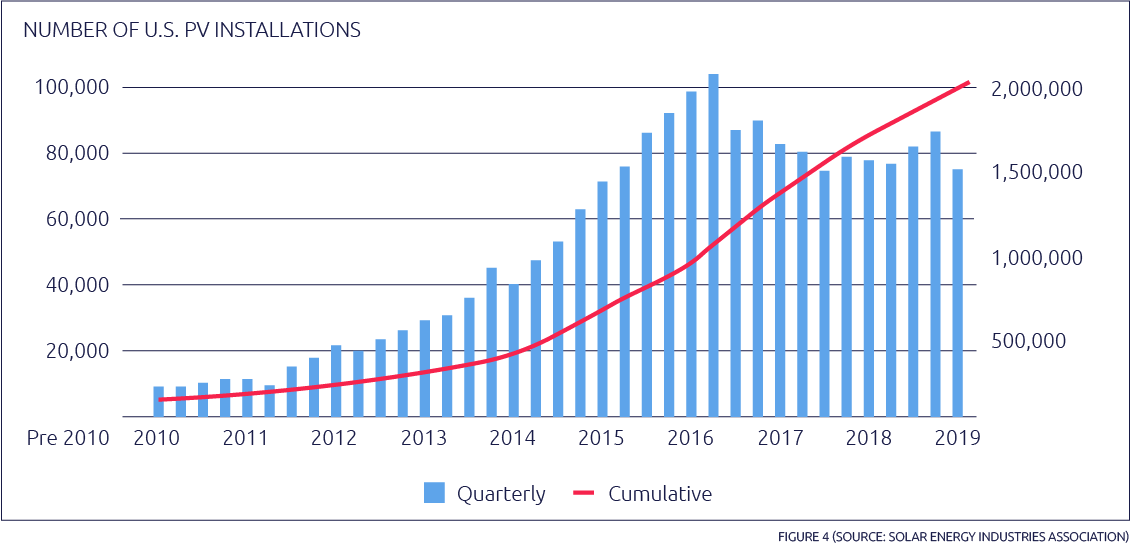
All That Data
As more homes become connected, data storage and processing needs will skyrocket, leading to larger power draws to run large data centers. This, in turn, will put more strain on existing systems and grids.
Data centers run all day, every day, consuming massive amounts of energy to power their equipment, from servers to cooling systems. According to Fortune, “most servers require temperatures below 80 degrees Fahrenheit to operate, and cooling can comprise up to 40% of electricity usage in conventional data centers.”
Many of the top Cloud players have committed to 100% clean energy, but they still have a ways to go.
Integrating solar and/or wind power to current data center infrastructure will only solve part of the problem. Large-scale, on-premise battery storage will be necessary to manage the ebbs and flows of data consumption that happens day and night. Whether data centers continue to be part of the national grid or strive for energy independence is yet to be known.
This is Just the Beginning
Without dependable long-term energy storage solutions to even out the inconsistencies of wind and solar, progress toward climate goals and energy independence will be slow.
Yet, it appears that we’ve reached a tipping point in renewable energy generation and storage. People are becoming more accepting of renewable energy technology and new solutions are being proposed every day.
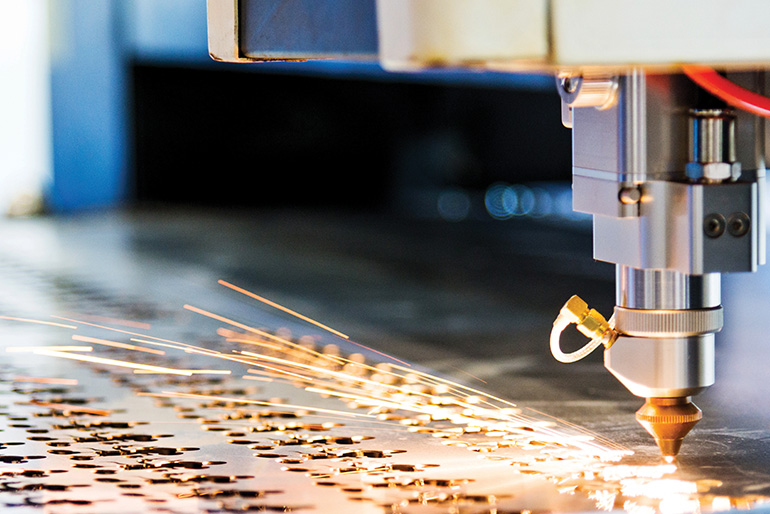
About Cadrex
Cadrex is one of the largest manufacturing partners in North America, with 20 facilities located in nine states and Mexico. As a leading custom mechanical solutions provider for the most innovative companies in the world today, we offer a unique breadth of capabilities and technical expertise that allow us to rapidly bring customer programs from concept to scale. In addition, our decades of specialized experience designing and manufacturing for information communication technology, warehouse automation & robotics, kiosk & gaming, aerospace & defense, renewable energy & electrical infrastructure, and medical sectors make us a trusted partner in our customer's supply chain.
